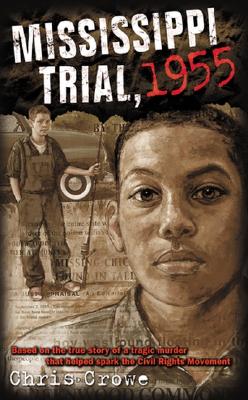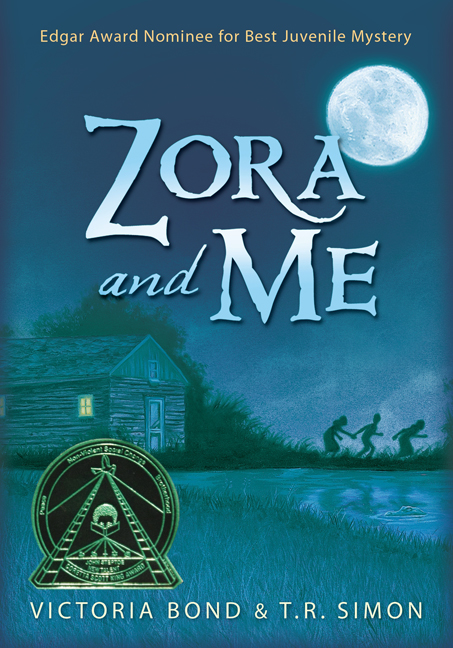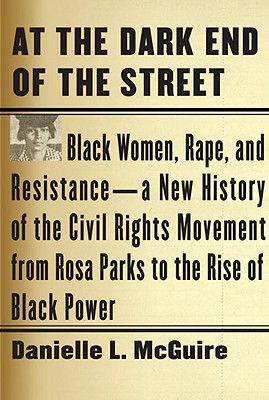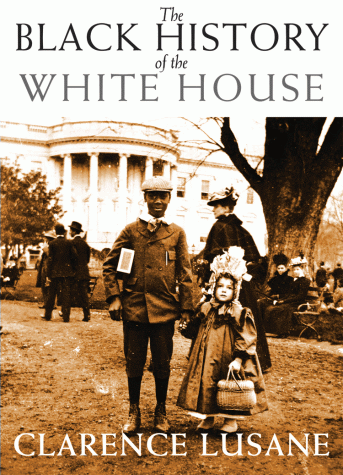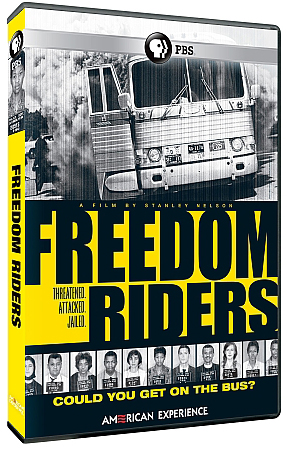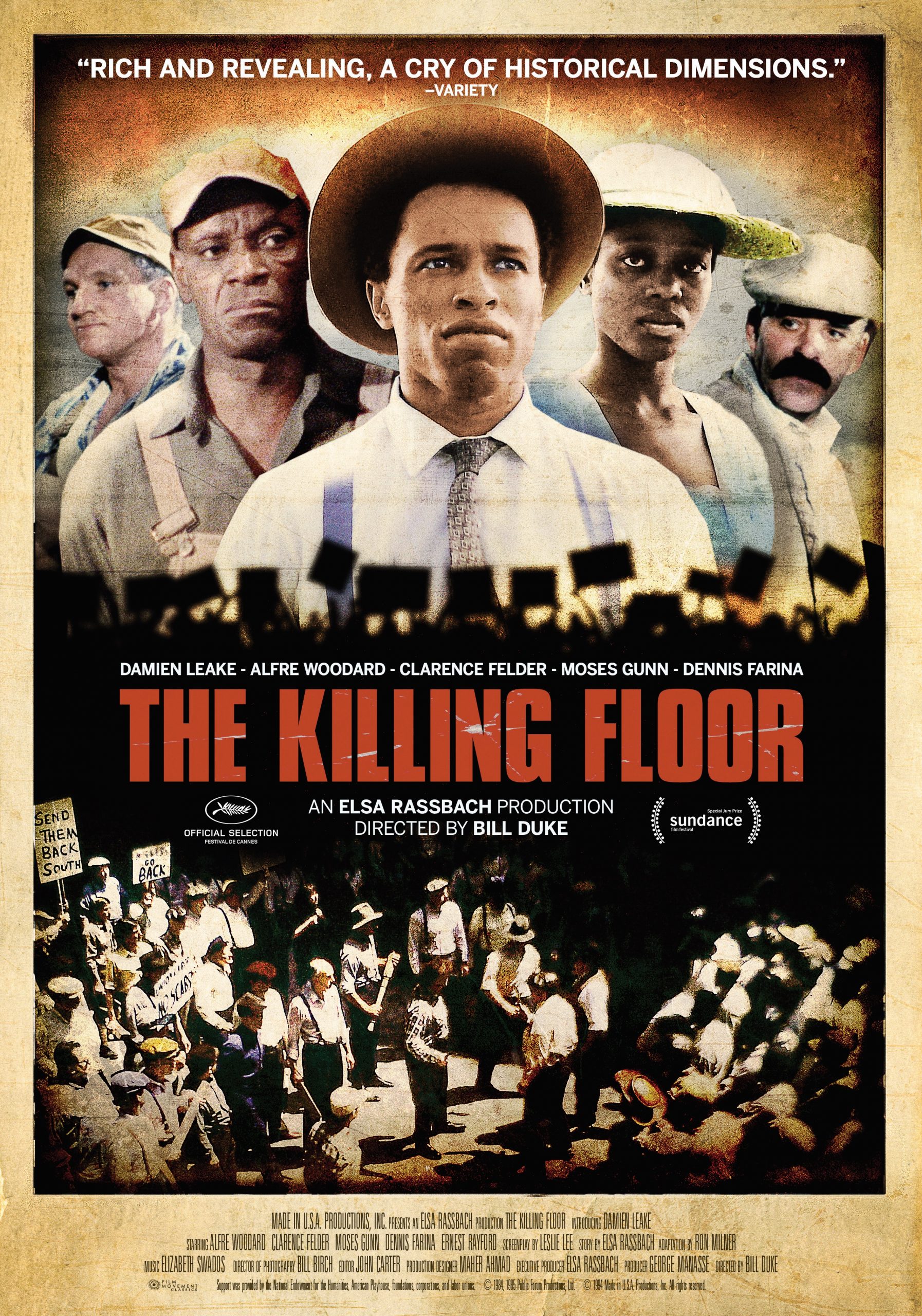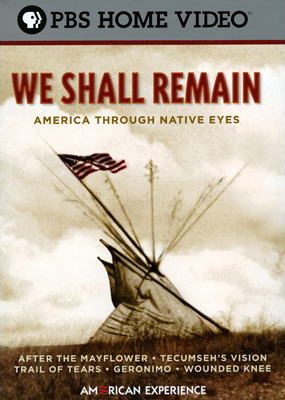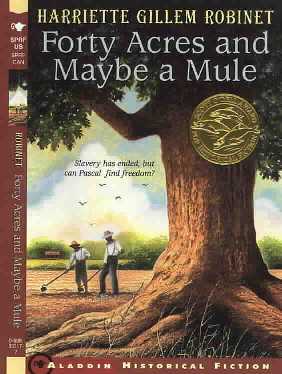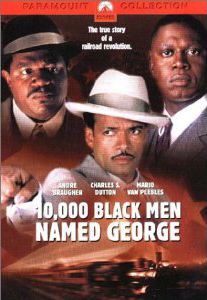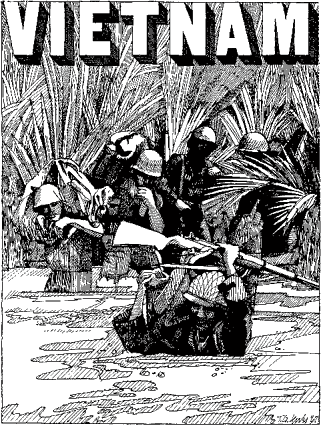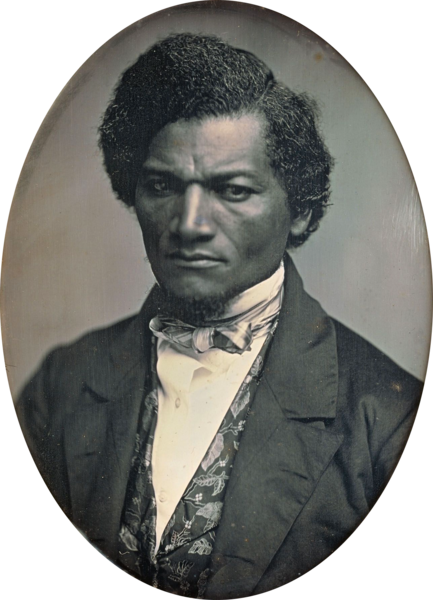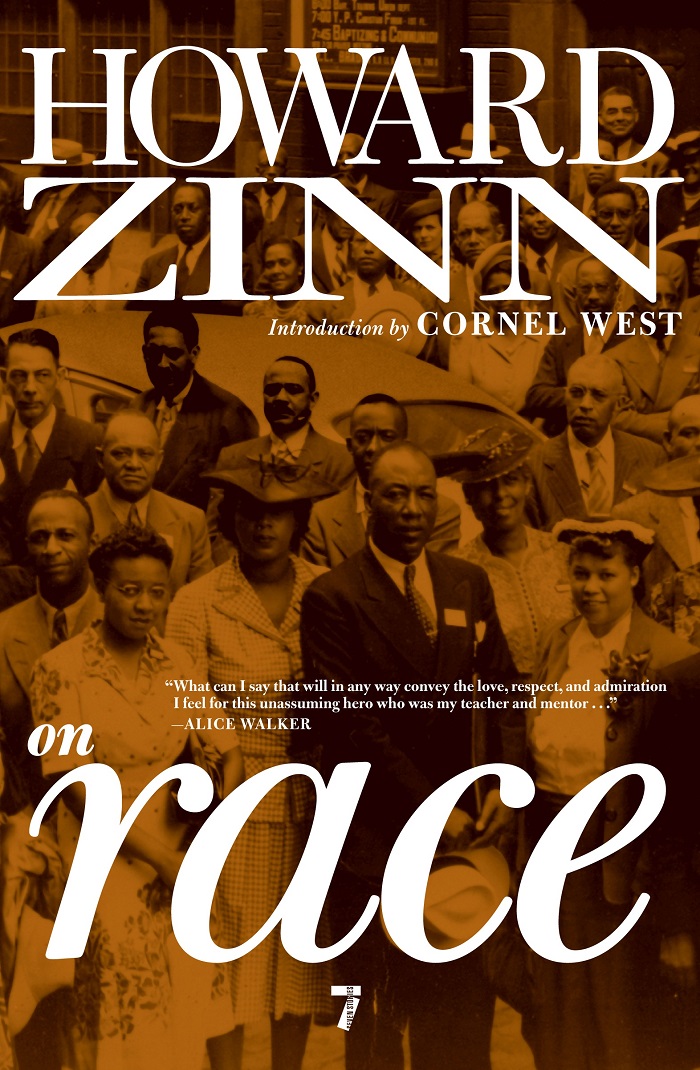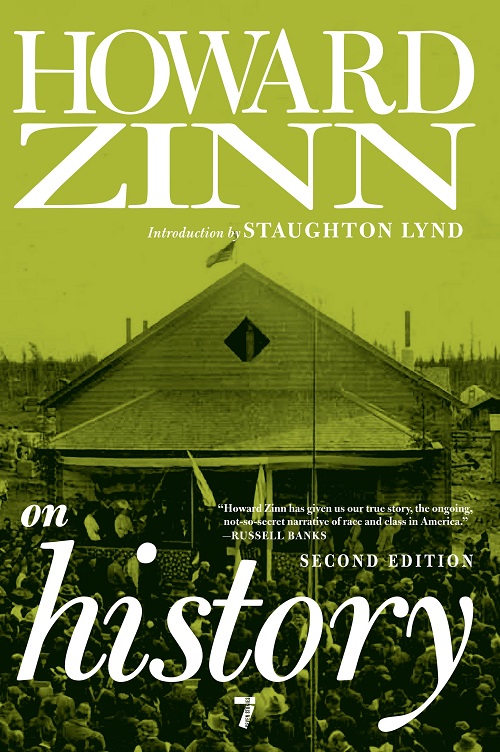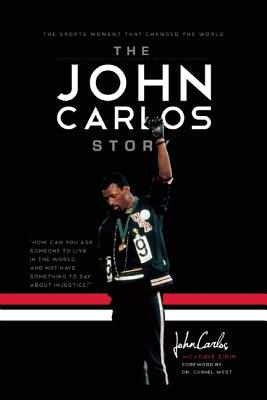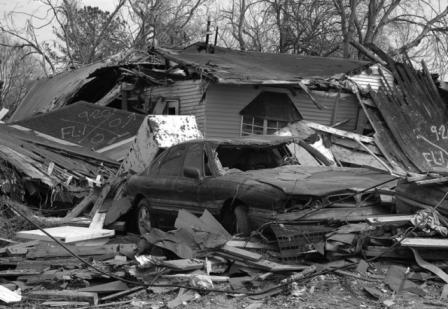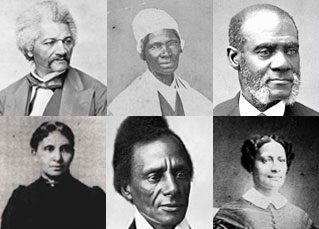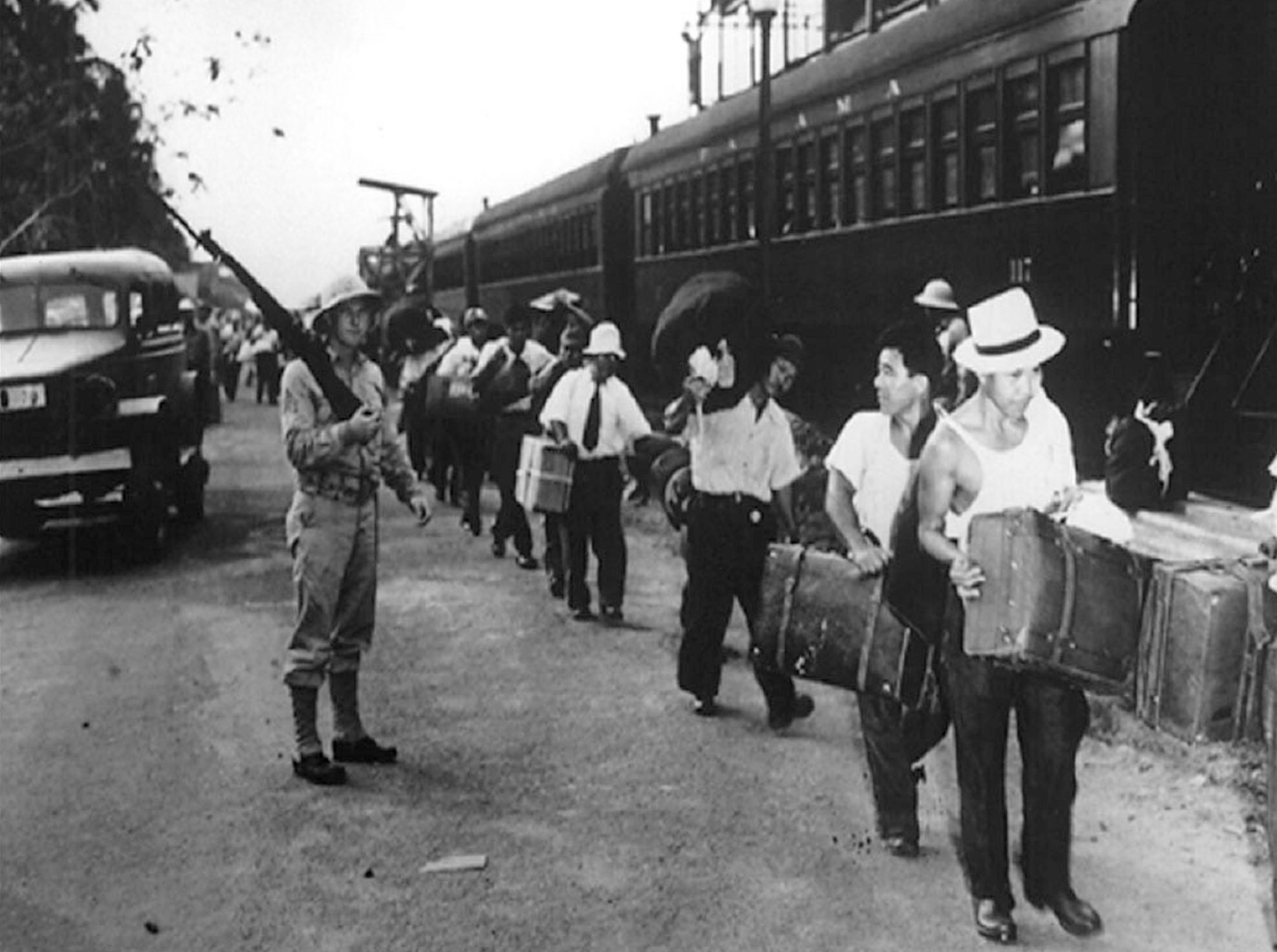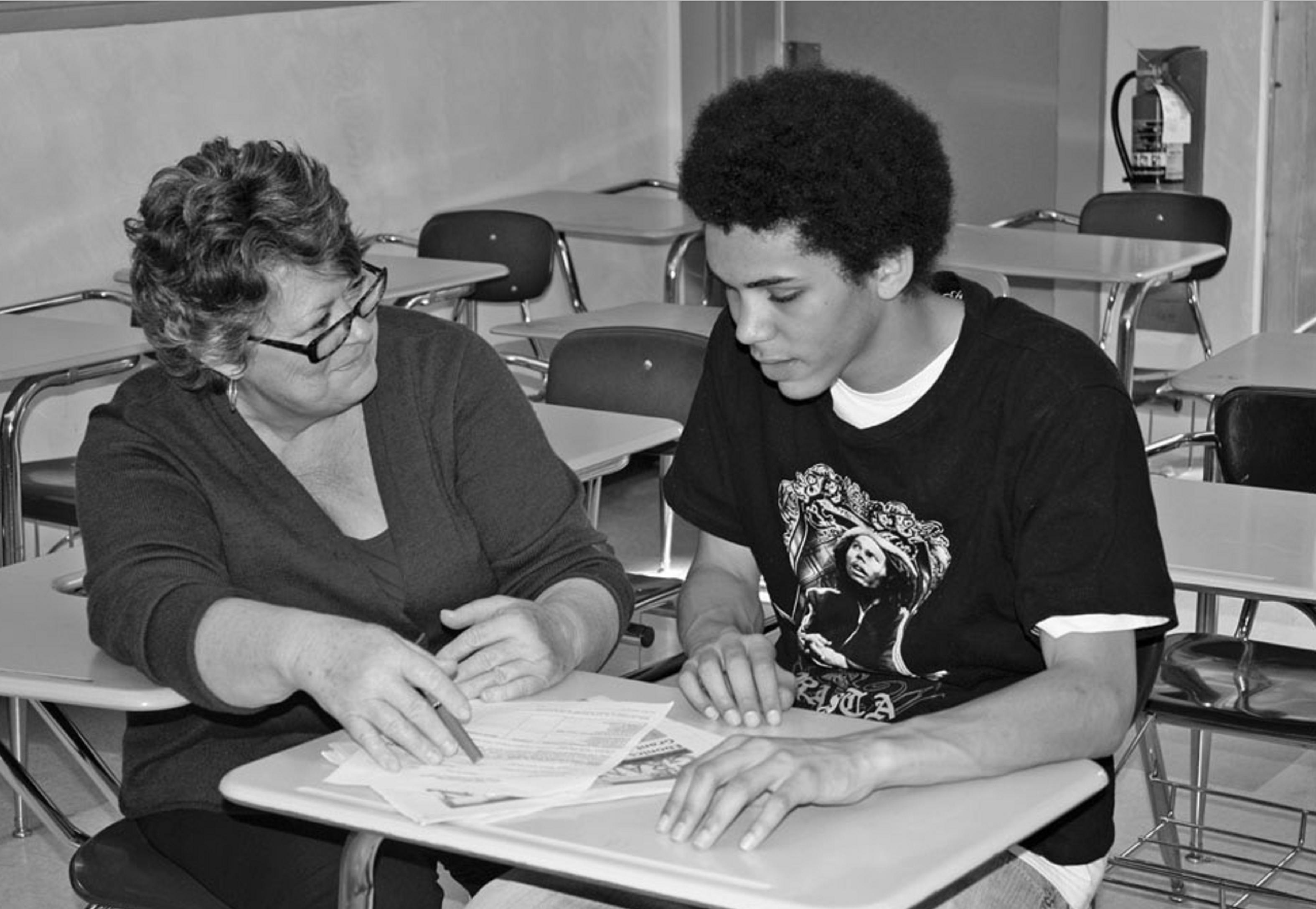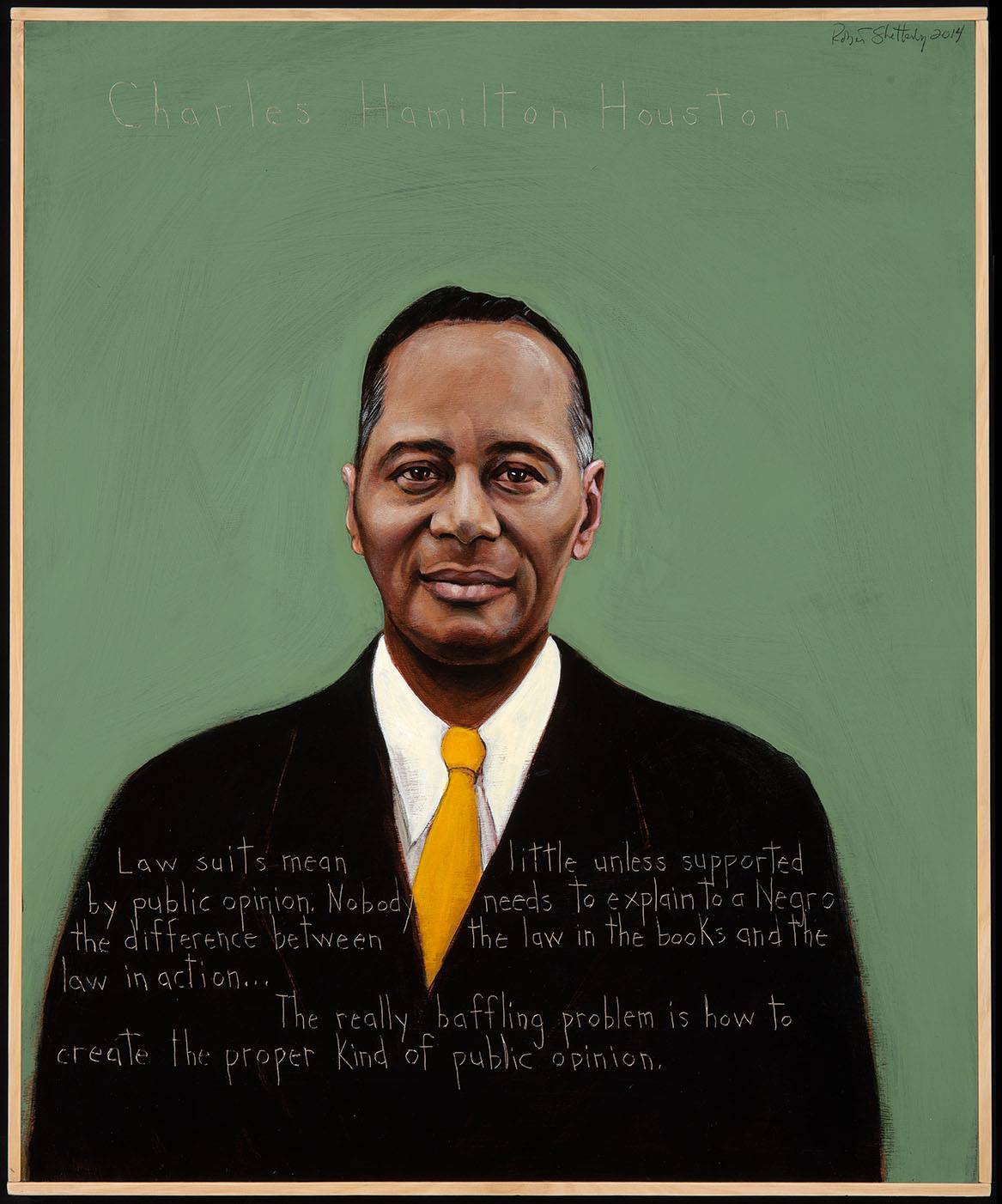Book — Fiction. By Chris Crowe. 2003. 240 pages.
Historical fiction about the murder of Emmett Till for high school students.
Continue reading
Film. Produced by Henry Hampton. Blackside. 1987. 360 minutes.
Comprehensive documentary history of the Civil Rights Movement.
Continue reading
Picture book. By Calvin Alexander Ramsey with Gwen Strauss. Illustrated by Floyd Cooper. 2010. 32 pages.
Story for young readers about an African American family travelling during the Jim Crow era and the networks of support and services listed in The Green Book.
Continue reading
Film. By Dave Zirin and Jeremy Earp. 2010. 62 minutes.
A documentary based on the bestselling book A People's History of Sports in the United States, Zirin demonstrates that American sports have long been at the center of some of the major political debates and struggles of our time. For 6th grade to adult.
Continue reading
Book — Fiction. By Victoria Bond and T. R. Simon. 2010. 186 pages.
A coming-of-age story inspired by the early life of Zora Neale Hurston for ages 10 and up.
Continue reading
Book — Non-fiction. By Danielle L. McGuire. 2010. 352 pages.
History of the violence against African-American women during the 20th century and the role played by Rosa Parks in the organized legal response to that abuse.
Continue reading
Book — Non-fiction. By Clarence Lusane. 2010. 544 pages.
The untold story of African Americans in the White House from the 18th century to the present, including the presidents who held people in bondage.
Continue reading
Film. Written, produced, and directed by Stanley Nelson. 2011. 120 minutes.
A first-hand look at the 1961 rides from the Freedom Riders themselves and others who were there.
Continue reading
Film. Directed by Bill Duke. 1985. Digitally restored in 2020. 118 minutes.
Set during World War I, two African-American men deal with racism in the workplace and the labor union.
Continue reading
Film. PBS. 2009. 450 minutes.
Three hundred years of Native American history.
Continue reading
Book — Fiction. By Harriette Gillem Robinet. 1998. 144 pages.
Historical fiction featuring 12-year-old Pascal, 8-year-old Nellie, and their older brother Gideon, a Union Army aide, as they claim and farm the land promised to them during Reconstruction.
Continue reading
Film. By Robert Townsend. 2002. 89 minutes.
Docudrama about A. Philip Randolph and the Brotherhood of Sleeping Car Porters, the first Black labor union in the United States.
Continue reading
Book — Non-fiction. By Julian Bond and illustrated by T. G. Lewis. 1967. 19 pages.
This "graphic novel" from the 1960s was written to provide a critical analysis of the Vietnam War in an easy to read format.
Continue reading
Book — Fiction. By John Sayles. 2011. 955 pages.
Spanning five years and half a dozen countries, Sayles' novel of historical fiction paints a picture of the late 1890s — from the racist coup in Wilmington, North Carolina, to the bloody dawn of U.S. interventionism in Cuba and the Philippines.
Continue reading
Film clip. Voices of a People's History.
Frederick Douglass' speech "The Meaning of July Fourth for the Negro" (1852) is read by Danny Glover.
Continue reading
Book — Non-fiction. By Howard Zinn. Introduction by Cornel West. 2011. 192 pages.
Includes some never before published writings, speeches and interviews that illustrate the evolution and fundamental principles around the story of race in the United States.
Continue reading
Book — Non-fiction. By Howard Zinn. Introduction by Staughton Lynd. 2011. 192 pages.
A collection of 27 writings on activism, electoral politics, the Holocaust, Marxism, the Iraq War, and the role of the historian.
Continue reading
Book — Non-fiction. By John Carlos and Dave Zirin. Foreword by Cornel West. 2011. 220 pages.
Written for grades 7+, this biography of John Carlos recounts his childhood, his legendary act of courage at the '68 Olympics, and the backlash.
Continue reading
Teaching Activity. By Renée Watson. Rethinking Schools. 7 pages.
A teacher's reflection on the power of poetry to spark critical discussion and reflection on current issues of inequality surrounding disaster response in the United States.
Continue reading
Teaching Activity. By Bill Bigelow. Rethinking Schools. 16 pages.
In this lesson, students explore many of the real challenges faced by abolitionists with a focus on the American Anti-Slavery Society.
Continue reading
Teaching Activity. By Katie Baydo-Reed. Rethinking Schools. 10 pages.
Students hold a mixer and a mock trial in preparation for reading literature about internment.
Continue reading
Teaching Activity. By Moé Yonamine. Rethinking Schools. 18 pages.
Poetry, photography, and text are used in this role play to teach about the seldom told history of Japanese Latin American internment during WWII.
Continue reading
Teaching Activity. By Linda Christensen. Rethinking Schools. 10 pages.
Teacher reflection on different ways to effectively incorporate poetry into history or literature classes.
Continue reading
Film. By William Elwood. 1990. 56 minutes.
The little known story of Charles Hamilton Houston who paved the road to Brown v. Board.
Continue reading
Film. Produced by Judy Richardson, Northern Light Productions for History Channel. 2005. 100 minutes.
Documentary on the many rebellions by enslaved people and other forms of resistance.
Continue reading

